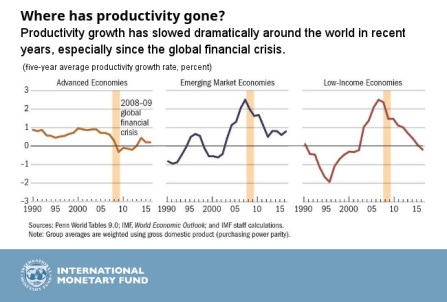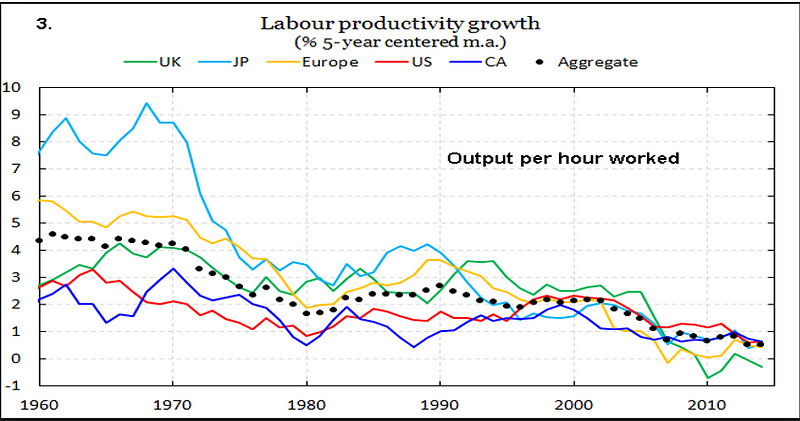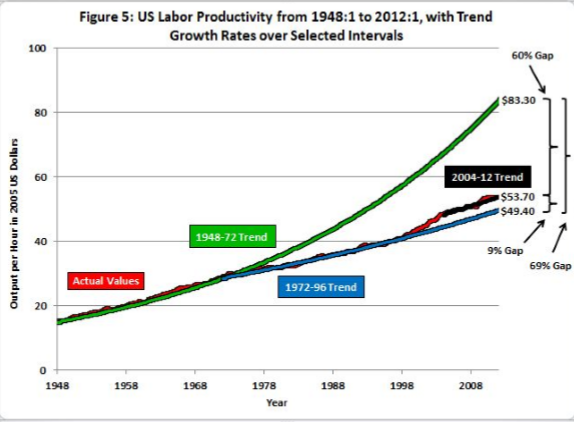Daniel W. Drezner in The Chronicle of Higher Education:
Both Public Intellectuals and Thought Leaders engage in acts of intellectual creation, but their style and purpose are different. To adopt the language of Isaiah Berlin, Public Intellectuals are foxes who know many things, while Thought Leaders are hedgehogs who know one big thing. The former are skeptics, the latter are true believers. A Public Intellectual will tell you everything that is wrong with everyone else’s ideas. A Thought Leader will tell you everything that is right about his or her own idea.
Both intellectual types serve a vital purpose in a democracy. Public Intellectuals are often bashed as elitists, but they help to expose shibboleths masquerading as accepted wisdom. They are critics, and critiquing bad ideas is a necessary function. Their greatest contribution to public discourse is to point out when an emperor has no clothes. Thought Leaders, on the other hand, are often derided as glib TED-talkers lacking in substance, but they can introduce and promote new ideas. During times of uncertainty and change, Thought Leaders can offer intellectually stimulating ways to reimagine the world.
A public sphere dominated by Public Intellectuals has high barriers to entry; the marketplace of ideas becomes ossified and stagnant over time. One dominated by Thought Leaders has high barriers to exit; too many bad ideas linger in the intellectual ether. A healthy public discourse in which good ideas rise to the top requires a balance between the two types of thinkers.
In the past few decades, however, the market has become unbalanced. The surge of ideas conferences, speaker bureaus, and TED-like events suggests that the demand for thinkers has grown. The proliferation of media platforms has accelerated that trend. At the same time, the supply of intellectuals has increased far beyond the academy. In foreign policy and economic analysis, the areas I am most familiar with, academics must compete with a welter of think tanks, private-sector outlets, and professional pundits to have their voice heard.
More here.



